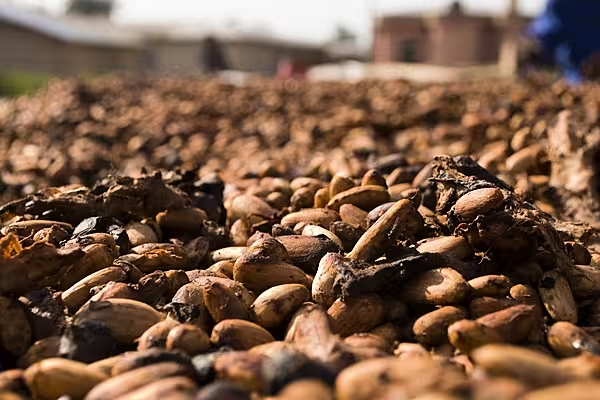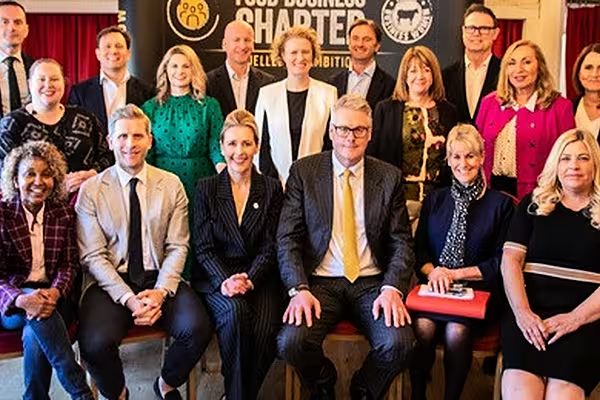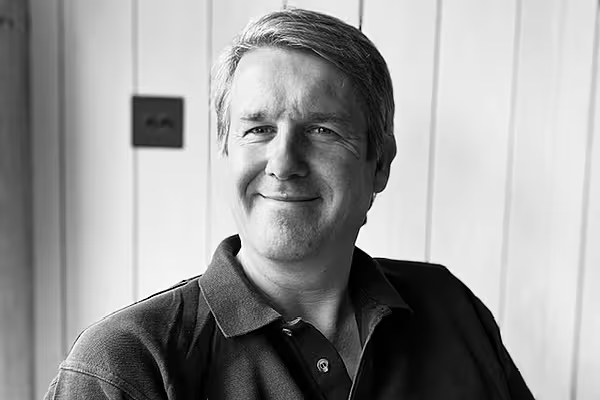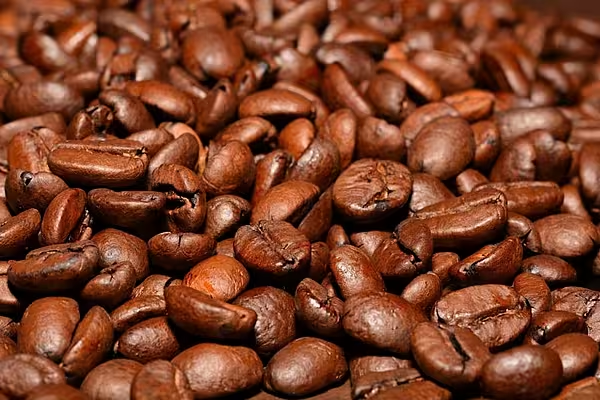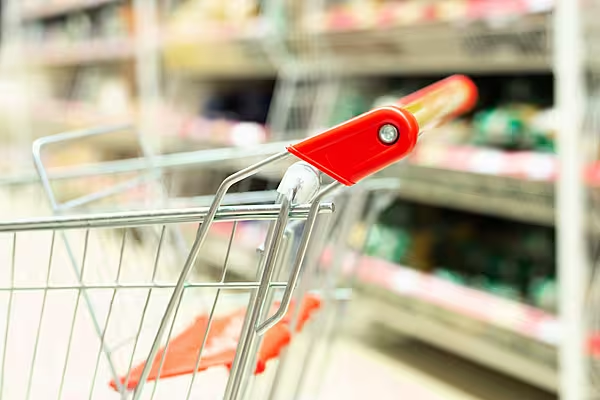For years, Valdomiro Facchi has made a living ranching on land carved from the Amazon rainforest. He's a small player in one of the world's biggest environmental disasters.
But now that his cattle have trampled the pastures to dust - and new laws prevent him from clearing fresh land - he has to find new income.
"I want to diversify," said the 68-year old rancher, outlining plans to plant cocoa trees on his 300 hectare plot in Brazil’s Para State. "I want to have the cocoa income when profit from cattle ranching fails."
Facchi illustrates a trend that is turning damaged parts of the Amazon basin green again and creating an usual alliance between the agriculture industry and conservationists. Brazil's cattle ranchers are planting cocoa on their used-up pasture, with financial support from international environmental groups.
That's a big change. For decades, ranchers have been the engine of clear-cutting in the Amazon rainforest that has rendered an area nearly the size of Spain treeless. Environmentalists have argued the practice destroys wildlife habitat and undermines the planet's ability to absorb carbon dioxide that causes global warming.
"Besides being a means of avoiding deforestation, cocoa plantations favor the local, regional and national economy," the international environmental group The Nature Conservancy said on its website.
The young trees will also bring change to global cocoa markets. Brazil's National Association of the Cocoa Processing Industry (AIPC) expects the surge in planting to help double the country's output of the raw material in chocolate by 2028 to 400,000 tonnes a year. That increase would raise global output by about 5%.
The renewed planting could make Brazil one of the world's top three cocoa growers again after the sector was decimated in the 1990s by a crop fungus called witches' broom.
Conservationists and cocoa industry representatives expect the trend to help mitigate the effects of clear-cutting that has ripped some 430,000 square kilometres from the Amazon rain forest since the 1980s.
Fifty percent of cocoa production growth will come from the Amazon, said Eduardo Bastos, executive director of the AIPC, calling the cocoa farms there "chocolate forests."
Green groups like The Nature Conservancy and the Amazon Fund have helped finance new cocoa plantations. The Amazon Fund - which was set up by Brazil's government and takes international donations to combat deforestation - has poured 17 million reais ($5.09 million) in grants into the crop.
Nearly 1,700 square kilometres of degraded cattle pasture in Brazil has been transformed into cocoa plantations already, according to the AIPC's Bastos.
Economic Incentives
Cocoa planting is driven mainly by new limits on the cattle industry that have changed the financial incentives for ranchers. In the Amazon, pasture can become degraded in as little as three years if not managed properly, making it hard to raise a thriving herd without new acreage.
Brazil in 2014 passed a law that allows landowners to clear only 20% of their property in the Amazon and requires some landowners to replant depleted areas.
That law aims to curb deforestation, which peaked in 2004 at a pace of 27,000 square km per year. In 2017, Brazilian Amazon lost 6,624 square kilometres of rainforest.
Compared to ranching, cocoa can provide income from a relatively small plot with no need for constant expansion. The profits can be up to five times better, said Eduardo Trevisan Gonçalves, project manager at Brazil's Imaflora, an environmental group that did a study comparing income from cattle and cocoa in the region.
The benefits extend to the environment. Cocoa plantations can imitate natural forests, helping to restore native plant and wildlife species, boosting water resources and absorbing carbon dioxide, Goncalves said.
"It is a perennial crop," he said. "It will stay there for decades."
Funding from environmental groups comes with guidelines intended to boost the ecological benefits of the plantations, according to José Garcia, a farmer in the central Pará state who is receiving a grant from the Amazon Fund.
Under the terms, he said, he will have to plant cocoa alongside other taller native species, such as mahogany and ipê.
"It is recommended that cocoa be planted with other trees - taller ones - to benefit from the shade," he said at his farm in Medicilândia in Para State.
'We buy cocoa'
Evidence of the shift is everywhere in the Medicilândia region, where barren pastures have given way to shady plantations of cocoa trees bearing yellow and ruby pods, the fibrous protective coverings for the cocoa beans.
In the city of Medicilândia, a low-lying town lined with dirt roads in Para state, farmers truck bags full of dried cocoa beans to warehouses bearing signs that read 'we buy cocoa.'
Shops nearby offer ice-cold cocoa juice, a thick - sweet drink prepared with the fruit’s pulp.
Brazil is an agricultural heavyweight, among the world's top growers of soybeans, corn, sugar, coffee, and oranges. But it dropped from being No. 2 in cocoa in the early 1990s after witches' broom slashed its production.
In Para State, however, witches' broom rarely survives long enough to damage trees. The fungus requires moist conditions and largely dies off during the annual dry season. As a result, cocoa tree yields in Para are nearly double the global average, said Bastos of the AIPC.
There is some evidence Brazil could absorb some of this extra production: Euromonitor International pegs per capita chocolate consumption in Brazil at just 1.2 kilograms a year, compared with 8.8 kg in Switzerland, suggesting Brazil's domestic chocolate market has room to grow.
Brazil's processing companies - which transform cocoa beans into butter, powder and chocolate - welcome the prospect of increased domestic supply to feed their factories and lower their imports, but inject a note of skepticism.
Olam International's Cocoa Vice President in Brazil, Kidambi Srinivasan, for example, called the 400,000 tonne per year target "an unlikely possibility" without higher market prices and more assistance to planters in areas including financing, training and supplies.
Benchmark cocoa prices in New York are currently running at about $2,500 a tonne, having bounced off a 10-year low of $1,756 hit in 2017 on worries of global oversupply.
Other big processors in Brazil include Cargill, which has an 85,000 tonne plant in Ilhéus, and Barry Callebaut, the world's biggest maker of industrial chocolate, which opened its first South American chocolate facility in Brazil in 2010.
For some of the ranchers-turned-planters, the chance to undo some of the damage to the Amazon caused by ranching is as important as the money they can earn from cocoa.
"There was a time when I thought: We shouldn’t have come here," said Elido Trevisan, who arrived in Para to ranch in 1972 and cleared nearly 100 percent of his land.
"But now," he said, "we can do something to compensate."
News by Reuters, edited by ESM. Click subscribe to sign up to ESM: European Supermarket Magazine.
